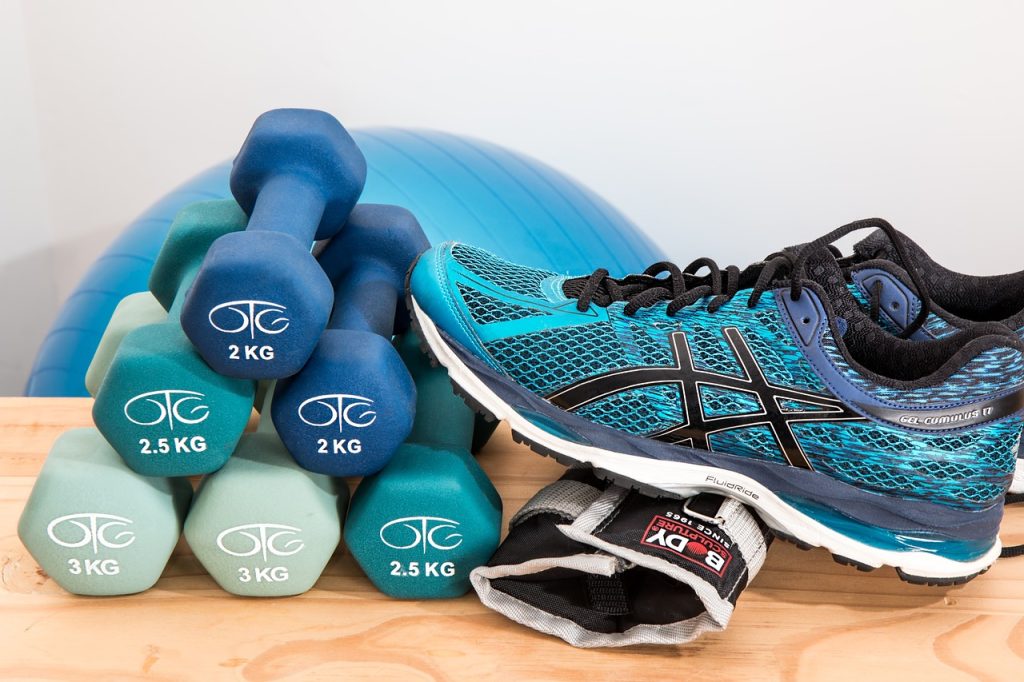A gym is a large space, typically with special equipment, where people go to do physical exercise and fitness training. Some people work out at home, but gyms offer a community of like-minded individuals and access to more equipment than they might have at home.
Many consumers prioritize cleanliness at gyms, as there is a growing awareness of germs and anxiety about high touchpoints. Maintaining clean facilities and sharing cleaning protocols help reassure members that it’s safe to visit.
Equipment
Gym equipment works hard and needs to be properly maintained to last longer. This helps reduce repair costs, extends the life of the equipment and cuts down on how often new equipment needs to be purchased. It also helps to keep the gym’s users happy, who are more likely to stick with their membership if they see that the equipment is clean and working well.
Most manufacturers provide recommendations on regularly scheduled maintenance and how it should be performed by a trained technician. Failing to follow these recommendations could void warranties, expose the gym to liability issues and prevent members from getting the best possible workout from the equipment.
It is important to clean equipment regularly to prevent corrosion and bacterial build-up. Cleaning processes should include a thorough wipe down with mild soap and water. It is also important to wipe down sweat from machines after use. Sweat can damage the metal components of machines, especially when left outside in rainy weather.
An effective gym equipment maintenance process includes regular inspections of the equipment and recording those inspections for future reference. It is also important to lubricate equipment and check for loose screws and bolts. If an issue is identified, the appropriate employee should be notified and the task assigned to them through maintenance tracking software. This eliminates the need to manually inform employees of maintenance tasks and ensures that they get it done.
Staff
Whether they’re a fitness instructor or customer service representative, your staff is the face of your gym. As a result, it is critical to hire the best possible candidates for each position. In addition to having a deep passion for fitness, you’ll want your staff to have excellent communication skills and be comfortable interacting with members of all types.
It’s also important to set clear and concise policies that guide your gym’s operations. Creating an employee handbook can help your gym establish its unique culture while ensuring compliance with business, state, and federal laws. However, be careful not to create a document that reads like a hall monitor’s pronouncements against naughty children. Instead, your policy should communicate a positive company culture and provide guidelines for employee behavior.
A great way to boost your gym’s productivity and performance is to offer training opportunities for employees. This shows that you’re invested in your team and their success, which reduces turnover and improves the quality of service to clients.
Additionally, you should pay your gym staff fairly. This can be accomplished by developing a compensation plan that considers experience, qualification, and job responsibilities. It’s important to regularly review this plan to ensure that it is competitive and up-to-date with industry standards. Incentives like bonuses or profit sharing can also make your staff feel valued and increase their retention rates.
Social interaction
As fitness becomes more of a lifestyle than a hobby, gyms are increasingly looking less like exercise equipment warehouses and more like communities. Many clubs are even starting to include cafes and lounge areas where members can hang out in-between workouts. However, there is an unspoken etiquette that says talking to other members while they are exercising is a bad idea. Talking while other people are working out can be distracting and even dangerous for them. In addition, it is rude to interrupt someone while they are trying to push themselves physically.
Group exercise classes can be a great way to socialize at the gym, but it is always a good idea to avoid talking to others during class to avoid interrupting them. Many instructors have their own unique style and can provide a sense of community among participants. This can be a huge motivator for some people. A recent study found that people who attend group fitness classes have higher retention rates than those who don’t.
Different gym business models may attract different demographics, but all tend to promote a sense of community. This is important because research has shown that social support is a key factor in exercise adherence. In particular, members of boutique fitness clubs reported the highest autonomous motivation and greater social support than those of multipurpose and fitness-only gyms.
Atmosphere
The atmosphere in a gym is what attracts customers and keeps them coming back. Having energetic music playing, clean equipment, bright walls, and well-arranged workout spaces will help your clients feel energized and motivated to push themselves harder during their workouts. Similarly, having friendly and helpful staff is also crucial. Hiring and training your staff well, as well as providing them with the tools to deal with all kinds of customer queries and complaints is an important part of creating a great atmosphere in your gym.
Depending on your business model, you can also cultivate a sense of community within your gym through social activities, events, and promotions. This will make your gym a place that your clients look forward to going to, even when they aren’t working out.
It’s important to remember that different people will have different expectations about the gym they choose. Trying to please everyone can be counterproductive, as it will distract your gym from focusing on its strengths and becoming a leader in its niche. For example, no one would go to a boxing gym expecting world-class martial arts classes, and vice versa. In addition, it’s important to note that the atmosphere in a gym often reflects broader discourses on health in society. This is especially true in countries that have moved away from social welfare programs into more market-oriented and consumerist approaches to healthcare.

